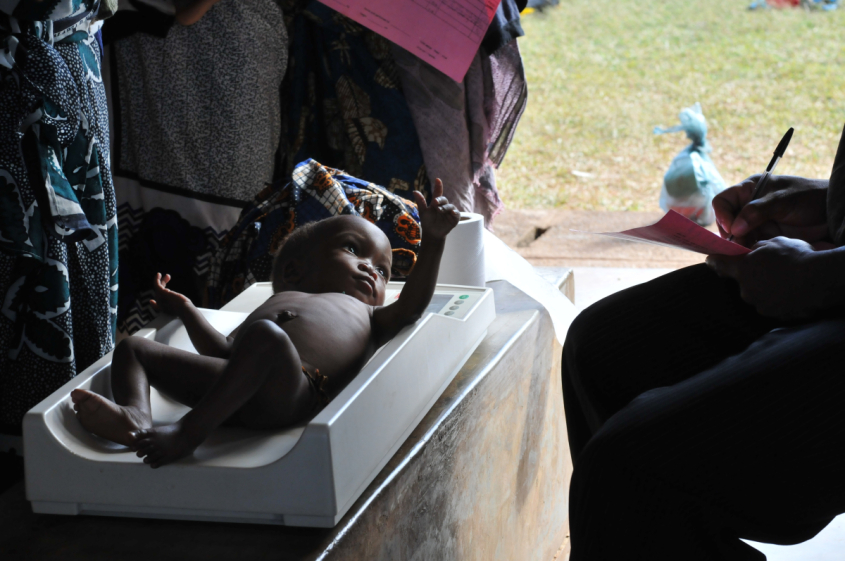
The Paper of the Month for December is from Public Health Nutrition (PHN) and is entitled 'Community-based management of acute malnutrition for infants under 6 months of age is safe and effective: analysis of operational data' by Indi Trehan.
The development of ready-to-use therapeutic food (RUTF) and the advent of the community-based management of acute malnutrition (CMAM) model of care revolutionized the management of severe acute malnutrition in children living in low- and middle-income countries. In addition to improved recovery rates and decreased mortality rates, the CMAM model democratized care for children in remote settings by bringing care to the village and household level. This approach has been further expanded to include children with moderate acute malnutrition as well. Scaling up coverage of care and optimizing treatment protocols remain high on the global nutrition agenda.
As successful as the CMAM approach has been for children 6 months to to 5 years of age, a large and vulnerable population remains neglected – infants under 6 months of age. Current recommendations for treating severe and moderate acute malnutrition in these infants focus on counselling and maternal support, while feeding interventions still require admission to hospital settings. Meanwhile, the unfortunate reality is that only a tiny minority of wasted infants are still being exclusively breastfed – indeed, this is a major contributor to their wasting.
In real-world settings where CMAM is available to wasted children over 6 months of age, it is quite common for wasted infants under 6 months to present for care as well. Having seen the effectiveness of RUTF, there is a natural tendency among local health workers to expand the CMAM care they provide to children older than 6 months to those infants under 6 months – infants who have already stopped exclusive breastfeeding.
Using a pragmatic lens, we thus evaluated the effectiveness of RUTF and other therapeutic and supplemental foods for infants under 6 months old with severe and moderate acute malnutrition treated at home. Comparing the population of infants under 6 months old with contemporaneously treated infants 6-9 months old, we found very similar recovery and mortality rates, demonstrating that this therapy is indeed likely safe and effective in this population.
Many questions remain to be answered before this approach should be widely recommended, including whether this outpatient therapy is better than the counselling-only approach or the traditional approach of hospitalizing these infants for nutritional supplementation. The vast majority of infants in our study were 4-5 months old, and it remains unclear whether this approach would reliably be effective in younger infants. A better understanding of their breastfeeding status and other complementary foods being provided would also be important.
Nevertheless, the findings from this study provide a roadmap for the possible expansion of a revolutionary therapy in childhood wasting.
Indi Trehan.
